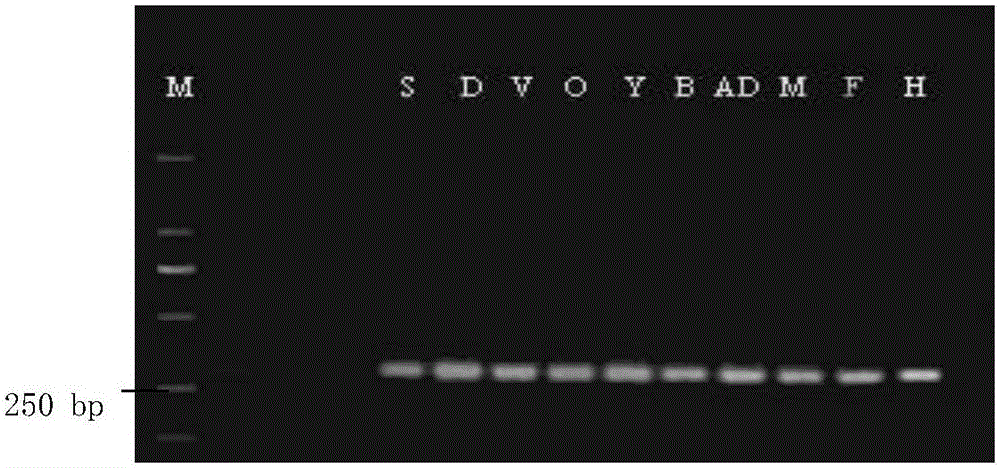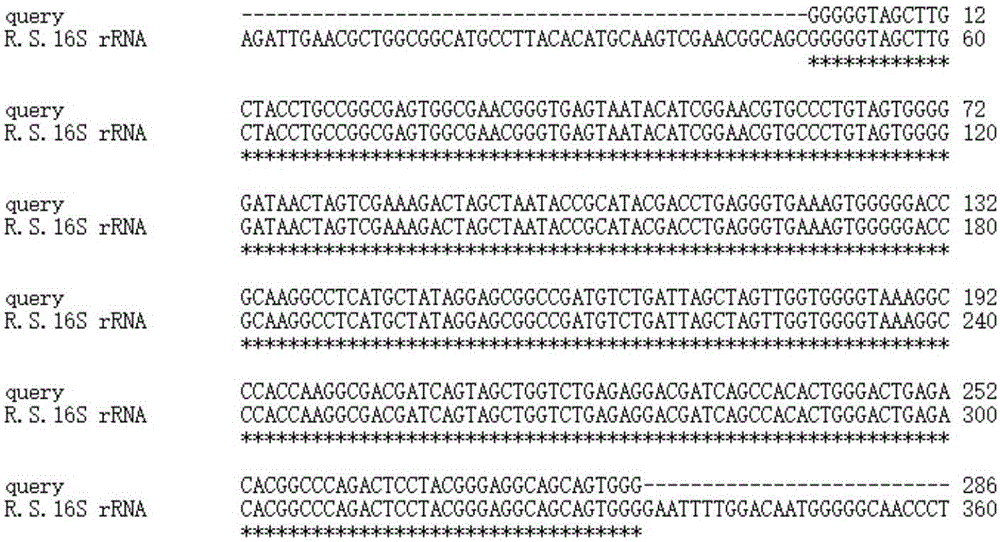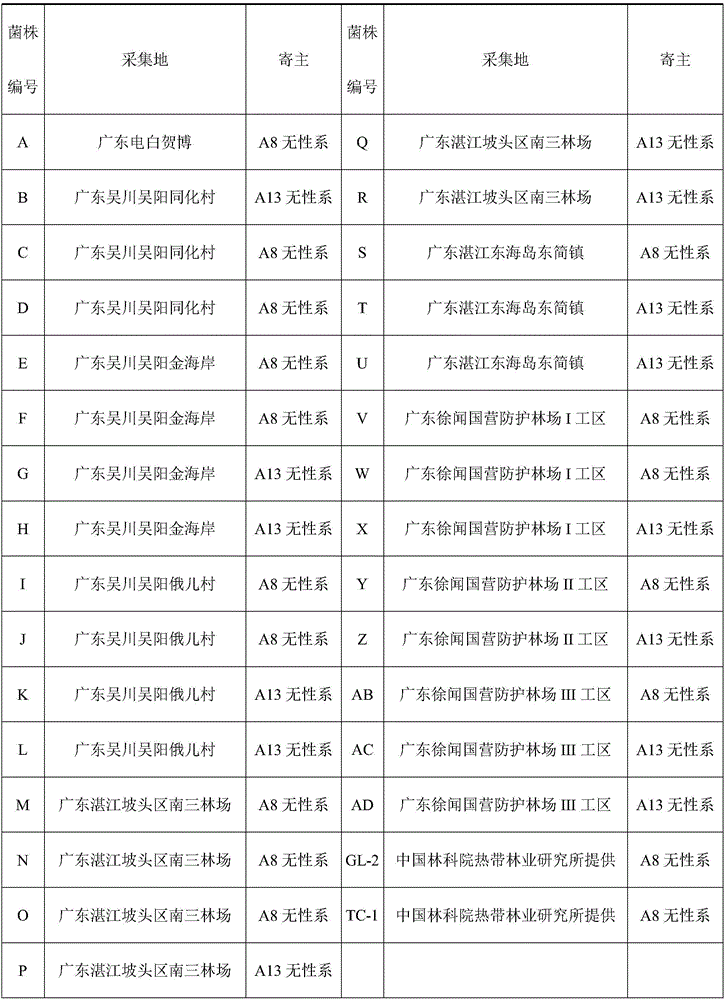Method for carrying out spilling separation on ralstonia solanacearum of casuarina
A technology of Casuarina rubra and R. solanacearum, which is applied in the field of casuarina rhizoctonia bacterial wilt overflow and separation, can solve the problems of difficult operation, high content of miscellaneous bacteria, rapid bacterial strain variation, etc., so as to improve work efficiency, high separation success rate, The effect of simplified operation steps
- Summary
- Abstract
- Description
- Claims
- Application Information
AI Technical Summary
Problems solved by technology
Method used
Image
Examples
Embodiment 1
[0039] 1 Materials and methods
[0040] 1.1 Collection of disease specimens
[0041] Select forest stands in representative new diseased areas such as Guangdong Dianbai, Wuchuan, Zhanjiang South Three Islands, Zhanjiang Donghai Island and Xuwen, and select new diseased plants that are naturally diseased in the field when sampling, and dig out xylem that is water-stained or translucent 2-3 sections of the root system, each section 10-20cm, packaged in a sealed bag, recorded the time and place of collection, and brought back to the laboratory to isolate the pathogen. See Table 1 for specific locations where disease specimens were collected.
[0042] Table 1 Strain number and source
[0043]
[0044] 1.2 Comparison of different isolation methods of pathogenic bacteria
[0045] Two separation methods were used. The dilution and separation method refers to Zhu Shengjie's method and improves it: take 10-12cm long diseased roots, scrub them under running water, and remove the ...
PUM
 Login to View More
Login to View More Abstract
Description
Claims
Application Information
 Login to View More
Login to View More - R&D
- Intellectual Property
- Life Sciences
- Materials
- Tech Scout
- Unparalleled Data Quality
- Higher Quality Content
- 60% Fewer Hallucinations
Browse by: Latest US Patents, China's latest patents, Technical Efficacy Thesaurus, Application Domain, Technology Topic, Popular Technical Reports.
© 2025 PatSnap. All rights reserved.Legal|Privacy policy|Modern Slavery Act Transparency Statement|Sitemap|About US| Contact US: help@patsnap.com



